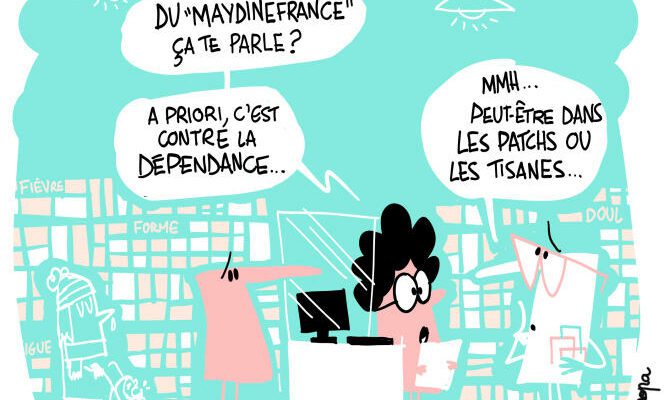On the Roussillon site (Isère), it’s time for major maneuvers. “The research and development work has been completed. We are going to begin the next stage this year: the construction of the production unit », explains Pierre Luzeau, president of Seqens. With an annual production capacity of 15,000 tonnes, the future plant will, when commissioned, scheduled for the end of 2025, cover half of Europe’s paracetamol needs. Quite a symbol. The manufacture of this active ingredient, a basic of medicine cabinets found in France under the Doliprane or Efferalgan brands, had deserted the country for nearly fifteen years, in favor, in particular, of China and India. .
A first step in the project “sanitary recovery” announced by Emmanuel Macron, June 16, 2020. In the midst of the Covid-19 epidemic, the President of the Republic had then promised to repatriate the production of certain critical drugs to national soil, in order to guarantee their availability to French patients.
In the process, aid systems were to be put in place to financially support the efforts of manufacturers. Of which act, with the France Relance plan and the call for expression of interest called “Capacity Building”. “The cost of the paracetamol project is around 100 million euros, of which almost a third is financed by the State. Without this grant, we would never have made it »confesses Mr. Luzeau.
If the movement is triggered, it remains however, two and a half years later, still timid. Of the 106 projects labeled France Relance and intended to “strengthening the drug value chain”, only 18 actually concern a relocation of the production of active ingredients on national territory. In total, this represents “at least 35 active ingredients”specifies Bercy.
Among them is that of the specialist in fine chemicals, Axyntis, which plans, among other things, to produce adrenaline and noradrenaline, two crucial molecules in intensive care, which have come close to shortage, in the spring of 2020. The Pierre Fabre laboratory is working on Mektovi, an anti-cancer drug that he markets. “We will soon be producing its active ingredient, binimetinib, internally at our Gaillac site. [Tarn] », explains Marc Urbain, the group’s industries director. The Ile-de-France Diverchim will secure, for its part, the manufacture of several curares and anesthetics.
“It takes time”
“The movement is underway, but it takes time. Between research and development on the processes of synthesis of the active ingredient, the implementation of the industrial tool and the quality controls, it takes, on average, between three and four years before being able to market a product.observes Vincent Touraille, president of the Syndicate of the synthetic organic chemical industry and biochemistry (Sicos).
You have 60.5% of this article left to read. The following is for subscribers only.
